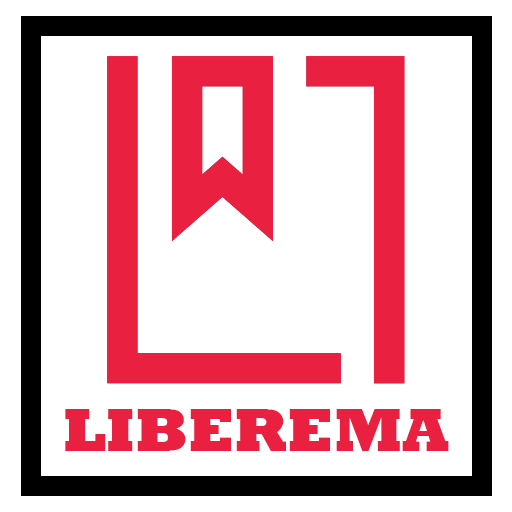The Hidden Real Estate Requirement: Why Level 2 Chimney Inspections Are Now Essential for Minnesota Home Sales in 2025
When you’re buying or selling a home in Minnesota, you expect the usual inspections – structural, electrical, plumbing. But there’s one critical assessment that’s catching many homeowners off guard in 2025: the Level 2 chimney inspection. The National Fire Protection Association (NFPA) now advises a level 2 chimney assessment for every sale or transfer of a home because the issues are so pervasive and significant.
This isn’t just another bureaucratic hurdle – it’s a crucial safety measure that’s protecting Minnesota families and preserving property values. If you’re planning to buy or sell a home with a fireplace or wood-burning stove, understanding this requirement could save you thousands of dollars and prevent dangerous situations.
What Makes Level 2 Different from Your Annual Inspection
Most homeowners are familiar with Level 1 inspections – the basic annual checkups that include chimney cleaning and look at the basic integrity of the chimney’s structure, flue, damper, connections, and firebox to ensure the chimney is free of obstructions. But Level 2 inspections go much deeper.
A Level 2 inspection includes a visual inspection of the internal surfaces of your chimney, where the technician will use a camera to inspect the joints and connections within the chimney. This advanced inspection can reveal hidden problems that could pose serious safety risks or require expensive repairs.
For homeowners in Scott County and surrounding areas, professional chimney inspections scott county services have become essential for smooth real estate transactions. The detailed camera inspection can uncover issues like cracked flue liners, damaged joints, or structural problems that aren’t visible during basic inspections.
Why Minnesota Real Estate Transactions Now Require This Level of Scrutiny
The majority of brick wood-burning fireplace chimneys have issues. In Minnesota’s harsh climate, chimneys face unique challenges from freeze-thaw cycles, ice dams, and extreme temperature fluctuations. These conditions accelerate deterioration and create safety hazards that might not be apparent during a quick visual inspection.
Real estate professionals and insurance companies have recognized that uncleaned, uninspected chimneys are one of the leading causes of house fires, second only to faulty kitchen equipment, with smoke and soot building up to create extremely flammable creosote. The Level 2 inspection requirement helps identify these risks before they become catastrophic problems for new homeowners.
The Financial Impact: What Buyers and Sellers Need to Know
The cost implications of Level 2 inspections extend far beyond the inspection fee itself. On average, a chimney inspection costs between $175 and $449 but can vary depending on where you live and the required level of service. However, the real financial impact comes from what these inspections reveal.
For sellers, discovering issues during a Level 2 inspection allows for proactive repairs that can prevent deal-breaking surprises. For buyers, the inspection provides crucial information for negotiating repairs or adjusting the purchase price. Level 2 inspections are advised before purchasing a home with a chimney, after experiencing a chimney issue, and before making any alterations to your fireplace and chimney.
Common Issues Uncovered in Minnesota Home Sales
Minnesota’s climate creates specific chimney problems that Level 2 inspections frequently uncover. Broken tiles, gaps, unlined chimneys, and animal nests can all go undetected unless you opt to have annual chimney inspections. During real estate transactions, these problems often surface for the first time.
Water damage is particularly common in Minnesota homes. Water leaks in chimneys can lead to costly damage, from weakened masonry to moisture buildup inside homes, and addressing leaky chimney repair early helps protect both your chimney and your home. The advanced inspection techniques used in Level 2 assessments can identify water intrusion before it causes extensive structural damage.
When Level 2 Becomes Level 3: The Escalation Process
Sometimes, Level 2 inspections reveal problems serious enough to require even more intensive investigation. If, during a Level 1 or Level 2 inspection, a serious hazard or potentially hidden issue is discovered, a Level 3 inspection is required, which requires special tools and may necessitate removing or deconstructing certain parts of the chimney.
This escalation process protects both buyers and sellers by ensuring that all potential safety hazards are identified and addressed before the property changes hands.
Preparing for Your Level 2 Inspection
Whether you’re buying or selling, preparation is key to a successful Level 2 inspection. When you are doing a modification to the fireplace system, like switching the fuel or installing a new insert, a Level 2 inspection can determine whether any modifications to the flue are required to enhance drafting or safety.
For sellers, addressing obvious maintenance issues before the inspection can prevent minor problems from appearing more serious than they are. For buyers, understanding the inspection process helps you interpret results and make informed decisions about your purchase.
The Long-Term Benefits of Comprehensive Chimney Assessment
While Level 2 inspections might seem like an additional hurdle in real estate transactions, they provide valuable long-term benefits. For just a few hundred dollars, an annual chimney inspection can help prevent creosote or debris build-up and catch minor issues before they become costly repairs that impact the safety of your home.
These comprehensive inspections also provide documentation that can be valuable for insurance purposes and future maintenance planning. Whether you’re buying a new home, selling your property, filing an insurance claim, or just doing your yearly maintenance, a chimney inspection report gives you clear proof of your chimney’s condition.
As Minnesota’s real estate market continues to evolve in 2025, Level 2 chimney inspections have become a standard part of property transactions involving fireplaces and wood-burning appliances. Rather than viewing this as an obstacle, smart buyers and sellers are recognizing it as an opportunity to ensure safety, prevent costly surprises, and maintain property values. By understanding and preparing for these requirements, you can navigate your real estate transaction with confidence, knowing that your chimney system has been thoroughly evaluated by professionals who understand Minnesota’s unique climate challenges.
